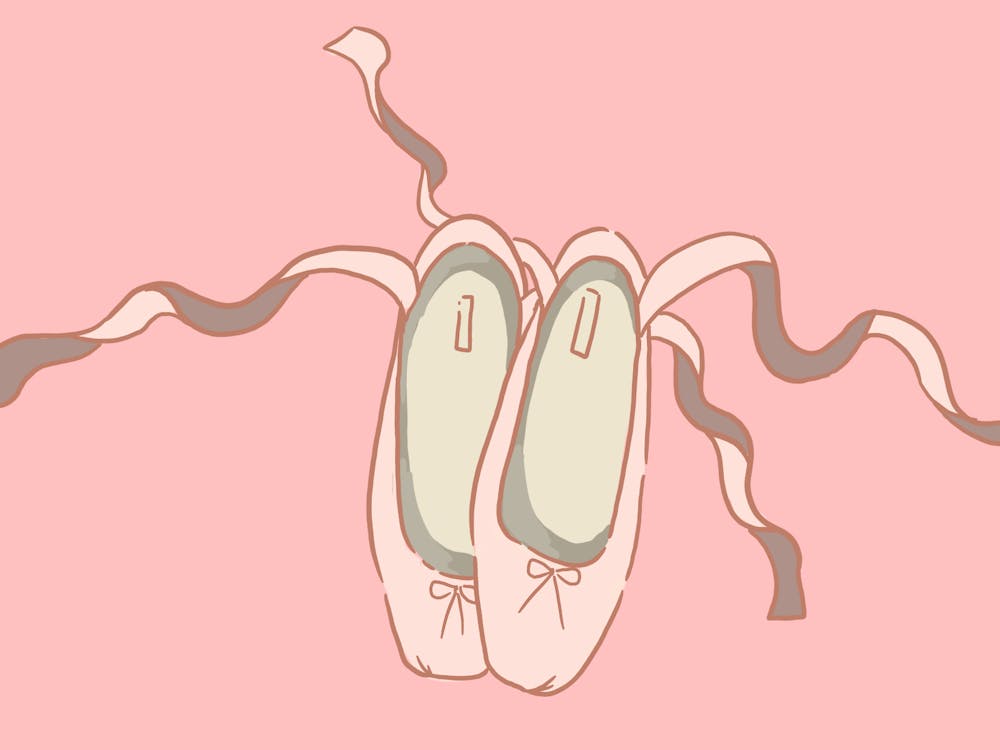I attended my first ballet class at the tender age of eight. Set in a dimly lit room in some corner of my primary school, our "studio" did not boast ballet barres nor mirrors. Rather, it relied purely on the motivation of a singular instructor determined to teach a dozen children an elite art form revered for its innate sense of perfectionism.
While the instructor's endeavors may have yielded success for others, in my case, they remained relatively futile. I quit within three years, due to both my sheer lack of talent and frustration at not having any. One of my fondest memories from this brief period, however, was purchasing the uniform I would wear to class. I vividly remember the store my mother took me to, a confectionery of tulle, pale pink, and soft satin. The leotards and tutus adorning the wall seemed reminiscent of trophies, symbolizing success, and more importantly, dedication.
In the years that followed, I retained an interest in watching (rather than performing) ballet. The synthesis of dance, a masterfully composed score, intricate set designs, and elegant costumes epitomizes the very perfectionism ballet is known for. The visual aestheticism, in particular, is a key feature of any ballet production. Part of a dancer's training is an understanding of how to present the body in the most sublime, streamlined manner possible. This impulse is mirrored in fashion, in the need to present the body at its most becoming.
The relationship between ballet and fashion has been well documented, most recently in a exhibition at the Museum at the Fashion Institute of Technology titled Ballerina: Fashion’s Modern Muse. The exhibition is a follow–up to a book of the same name, written by Patricia Mears, the director of the Museum at FIT. Throughout the book, Mears traces the bilateral relationship between ballet and fashion through history: just as the ballet featured costumes and pieces inspired by or designed by legendary couturiers, the same designers have drawn inspiration from the ballet in influencing modes of fashion.
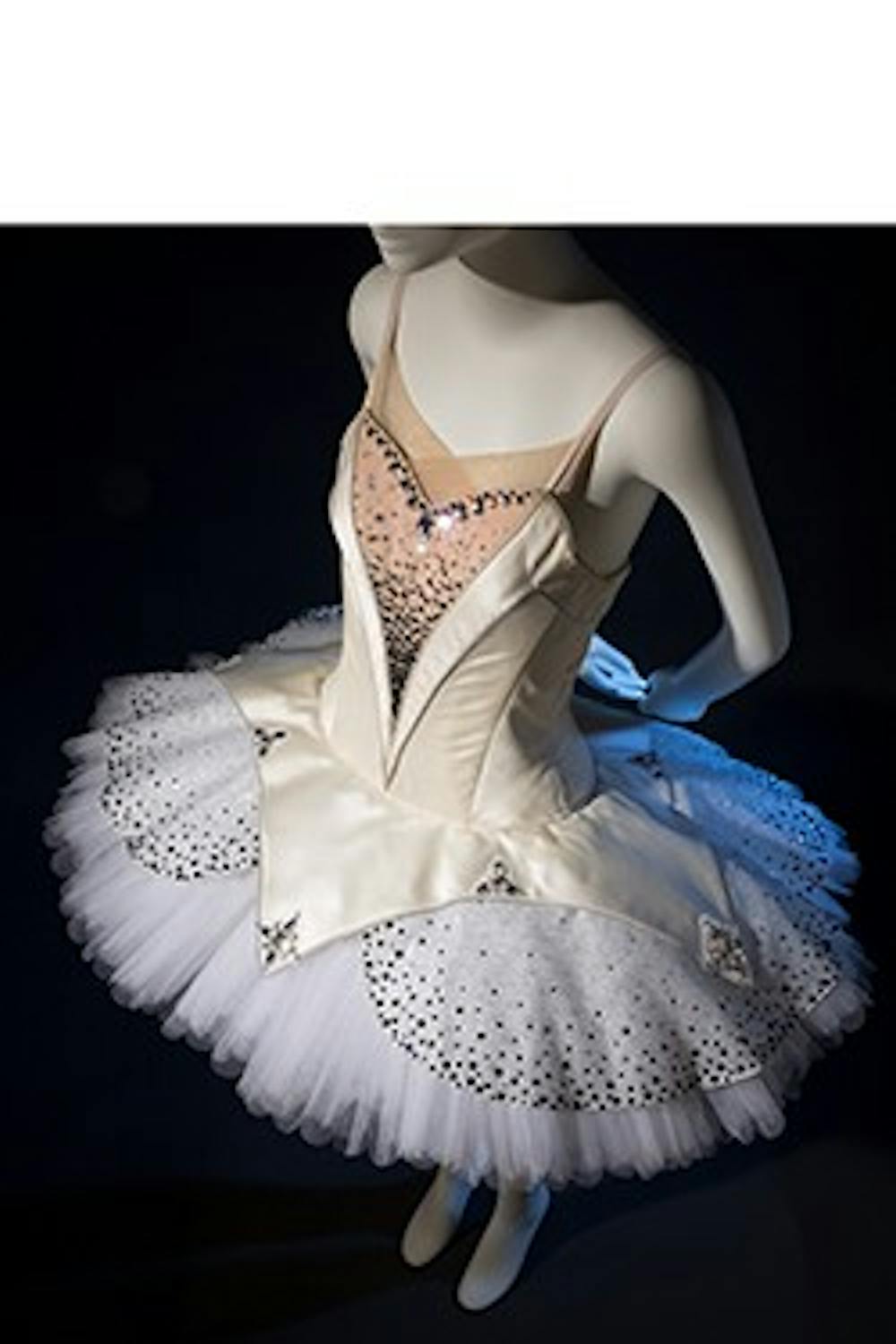
Another interesting phenomenon seems to persist in this relationship, too. The intersection between ballet and fashion often reflects significant political and social inclinations or movements. This notion can be traced through significant epochs in both ballet and fashion—often interspersed with important historical moments.
Mears credits Sergei Diaghilev’s Ballets Russes, an itinerant ballet company founded in Paris, with first popularising ballet as a source of inspiration for fashion designers. The company’s opulent, decadent costumes influenced designers ranging from Paul Poiret to Jeanne Lanvin, instigating a genre of pre–war fashion marked with harem skirts and trousers in bold, jewel tones. Indeed, this relationship was rooted in a social movement: the Ballets Russes essentially “exported a fantasy of Russia to a European audience”. Consequently, fashion inspired by the Ballets Russes capitalized off the frenzy surrounding Orientalism in Europe, a phenomenon by which the West perceives the East through fantasy and preconception rather than reality.
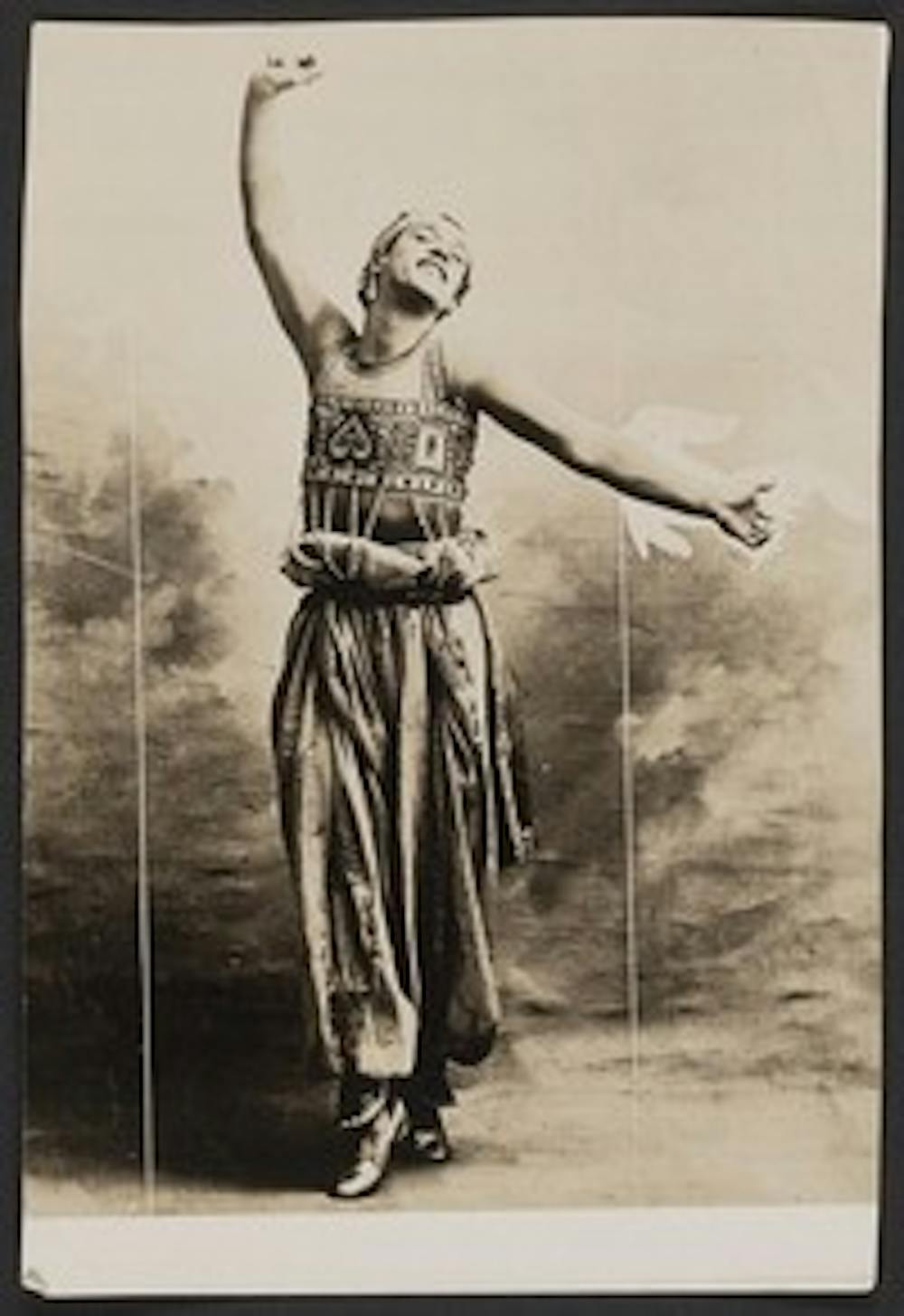
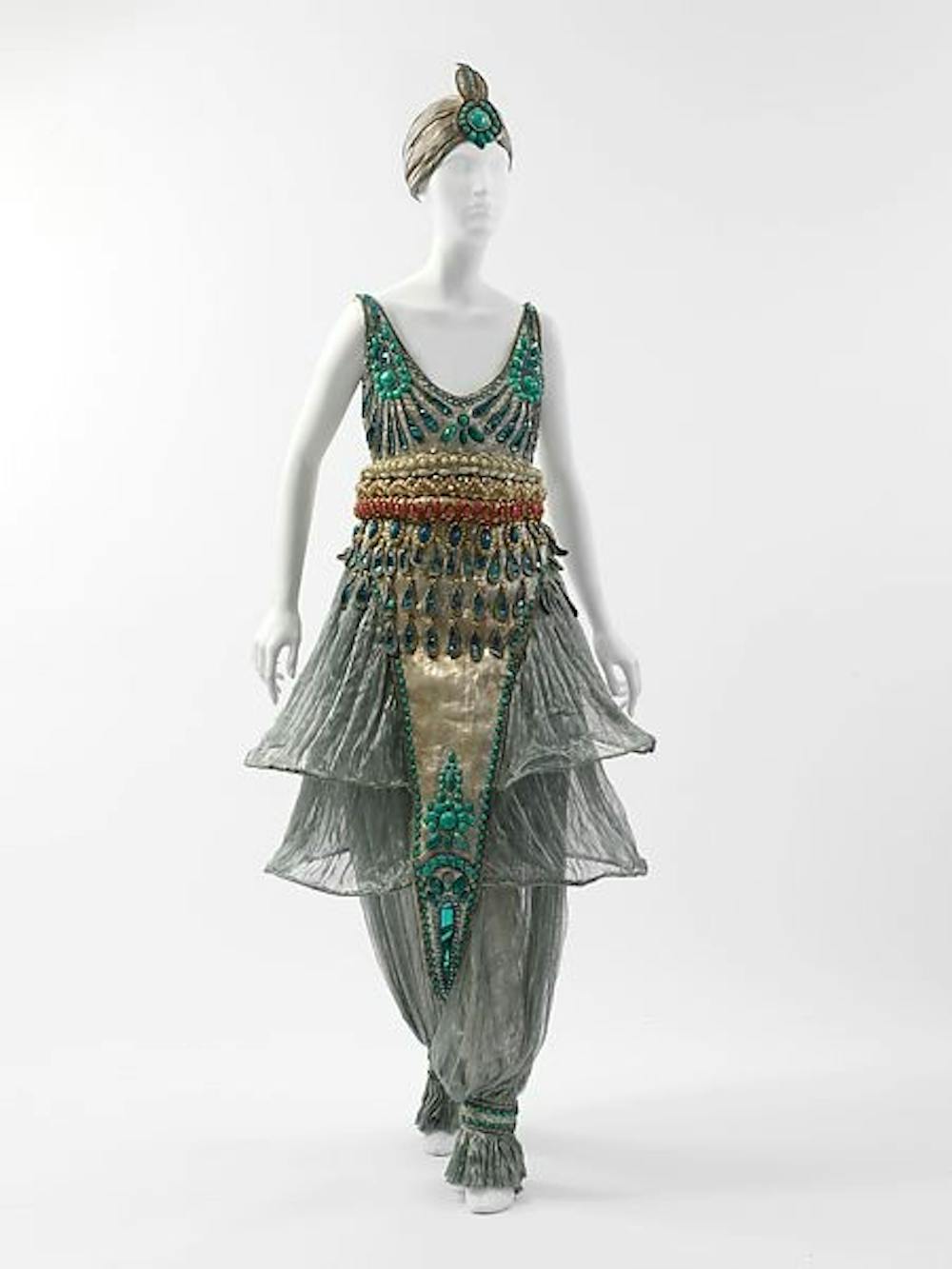
The end of World War II in 1945 resulted in diverging streams of contemporary ballet between the capitalist West and the Eastern communist bloc. While the West encouraged ballet with the notion of aestheticism—art for art’s sake—in the East, ballet more explicitly mirrored politics as a mechanism of propaganda and ideology.
In the West, sociopolitical values resulted in a form of ballet focused on the intrinsic properties of dance itself. Generally, art in the West was dictated by the ability to express individual freedoms and choice, therefore, the ideological leanings of artists or political implications of narratives were not given importance. Rather, the focal point was their techniques, style and choreographic patterns. Essentially, abstract athleticism was given precedence over narrative and stories. This was mirrored in the connection with fashion. The infamous choreographer George Balanchine, best known for the Nutcracker, popularized ‘Black and White ballets’ where dancers' donned uniforms of exceptional simplicity. The costumes, rooted in a minimalist aesthetic, drew attention to the ballerina’s figure with black belts and monochromatic leotards, placing an emphasis on the athleticism and grace of their movements.
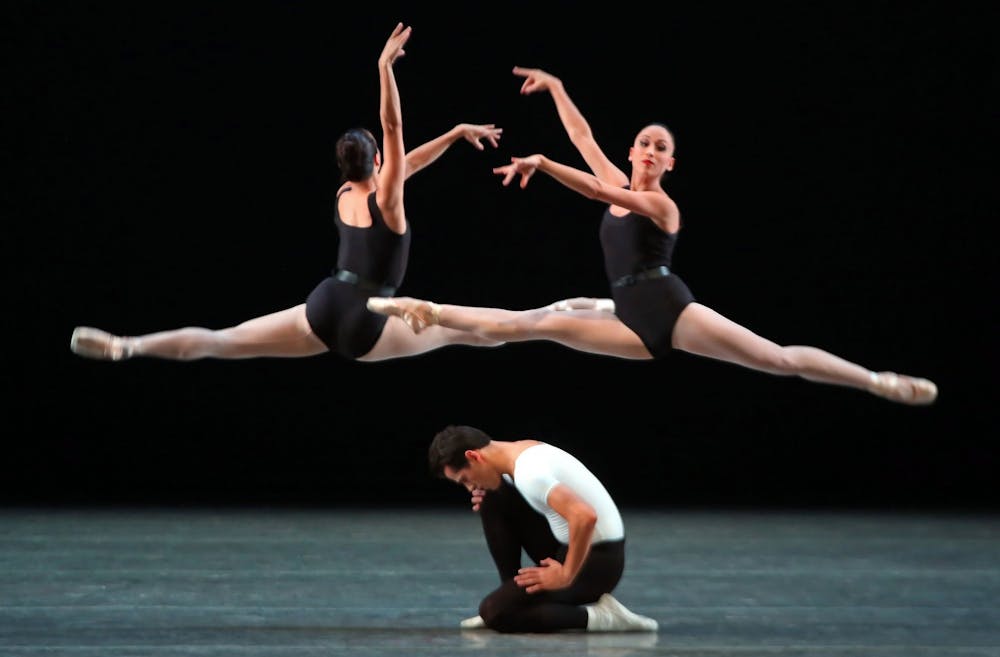
The influence of classical ballet on post–war fashion extends beyond costumes, also acting as an indication of the social ideologies at the time. Christian Dior was influenced by classical ballet in designing the New Look, first unveiled in his 1947 collection. Dior drew inspiration from the petite waists and full skirts presented in ballet costumes, creating an aesthetic that celebrated ultra-femininity and opulence in women’s fashion. After years of military and civilian uniforms spurred by sartorial restrictions, Dior’s image of radical femininity amassed popularity for signifying a drastic shift in paradigm in a post–war era.
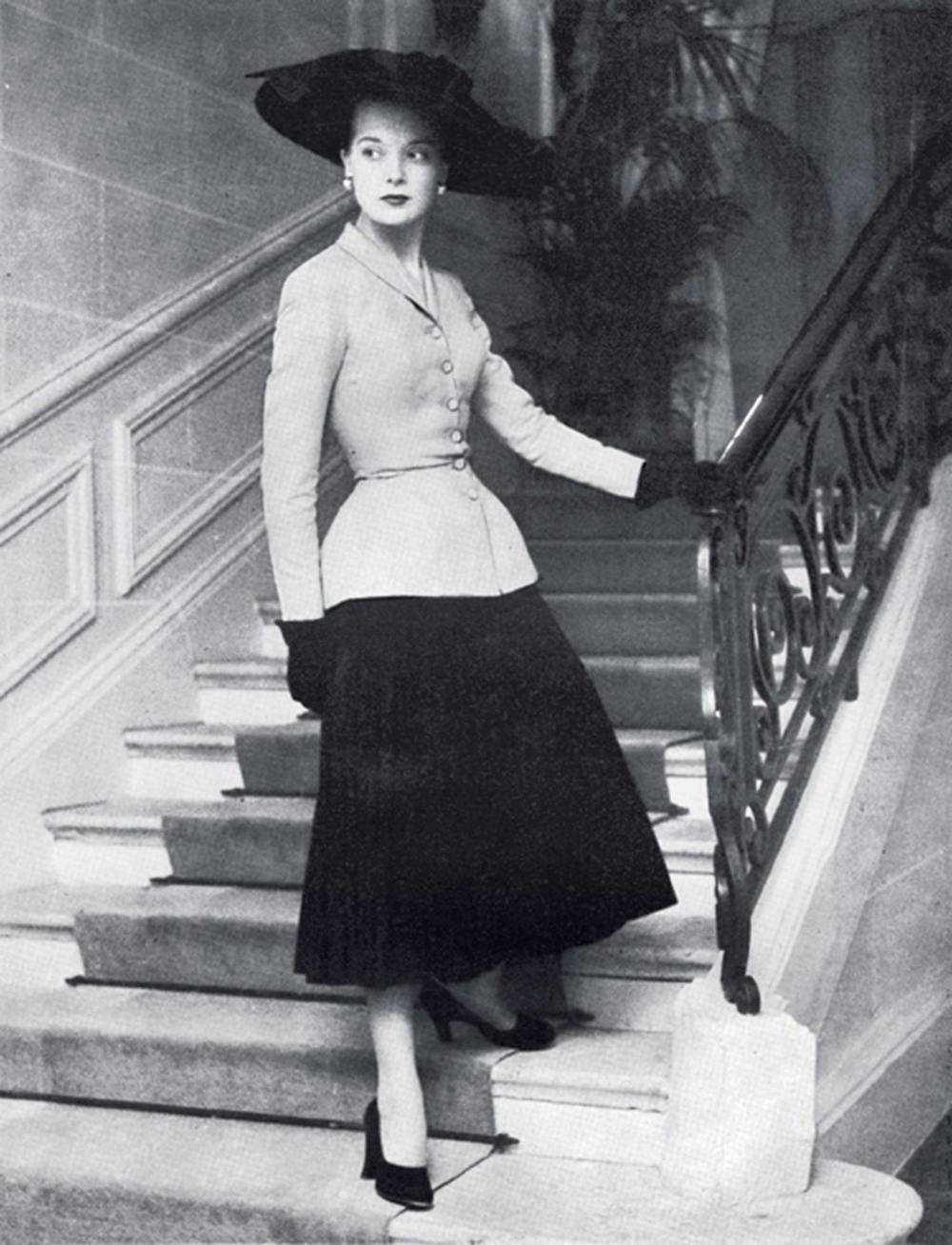
Conversely, in the East, ballet was viewed as mechanism of national identification key to shaping Soviet cultural identity. In contrast to the West’s preference for abstract composition and individualized techniques, the Russian Ballet “cultivated a style that accentuated the disciplined, synchronized movements of a large group of dancers, or corps de ballet." Their productions placed great emphasis in promoting ideology through storytelling, as was evident in ballets such as Spartacus.
Moreover, important changes in policy and social norms were reflected in the ballet, as well as the costumes that accompanied it. The critically acclaimed 1968 production of Spartacus, choreographed by Yury Grigorovich, featured costumes that were particularly homogenous in design, in contrast to previous iterations of the production that sought to portray the Spartakans as ethnically diverse. Essentially, the advent of political russification and national pride resulted in concurrent changes in the ballet’s costumes.
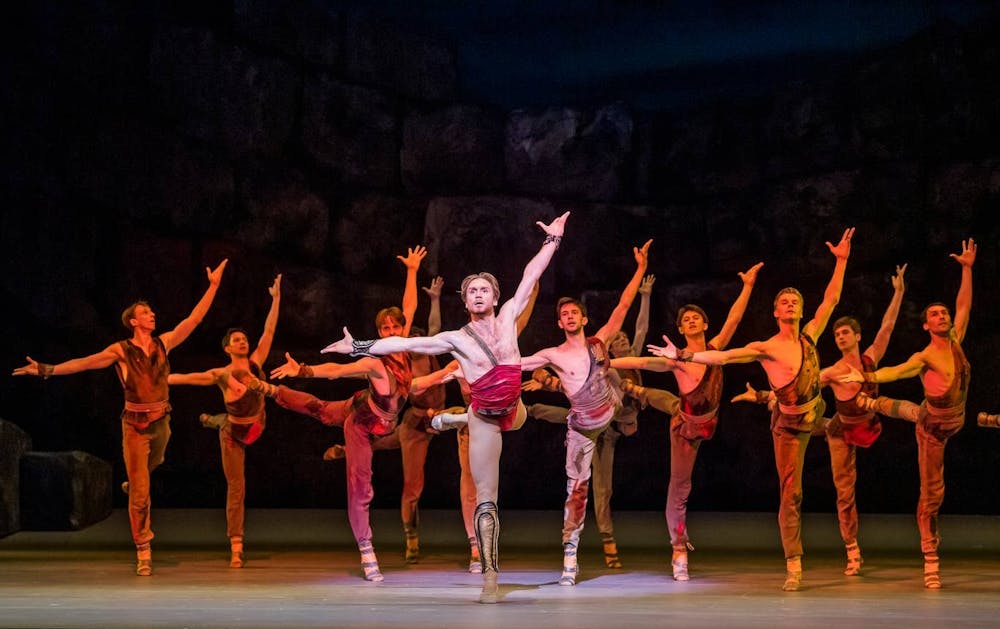
According to Mears, ballerinas lost status in the context of fashion around the 1970s, due to an onset of feminism that decried the ballerina as an anachronistic archetype. In a sense then, even the decline of the relationship between the two forms was indicative of the sociopolitical psyche.
However, fashion is nothing if not cyclical. In 2004, Rei Kawakubo created the Ballerina Motorbike collection for Comme des Garçons, pairing tutus with fitted leather jackets. The result was an aesthetic that drew from the classical ballerina archetype while also promoting a radical sense of versatility: women could simultaneously be feminine and tough.
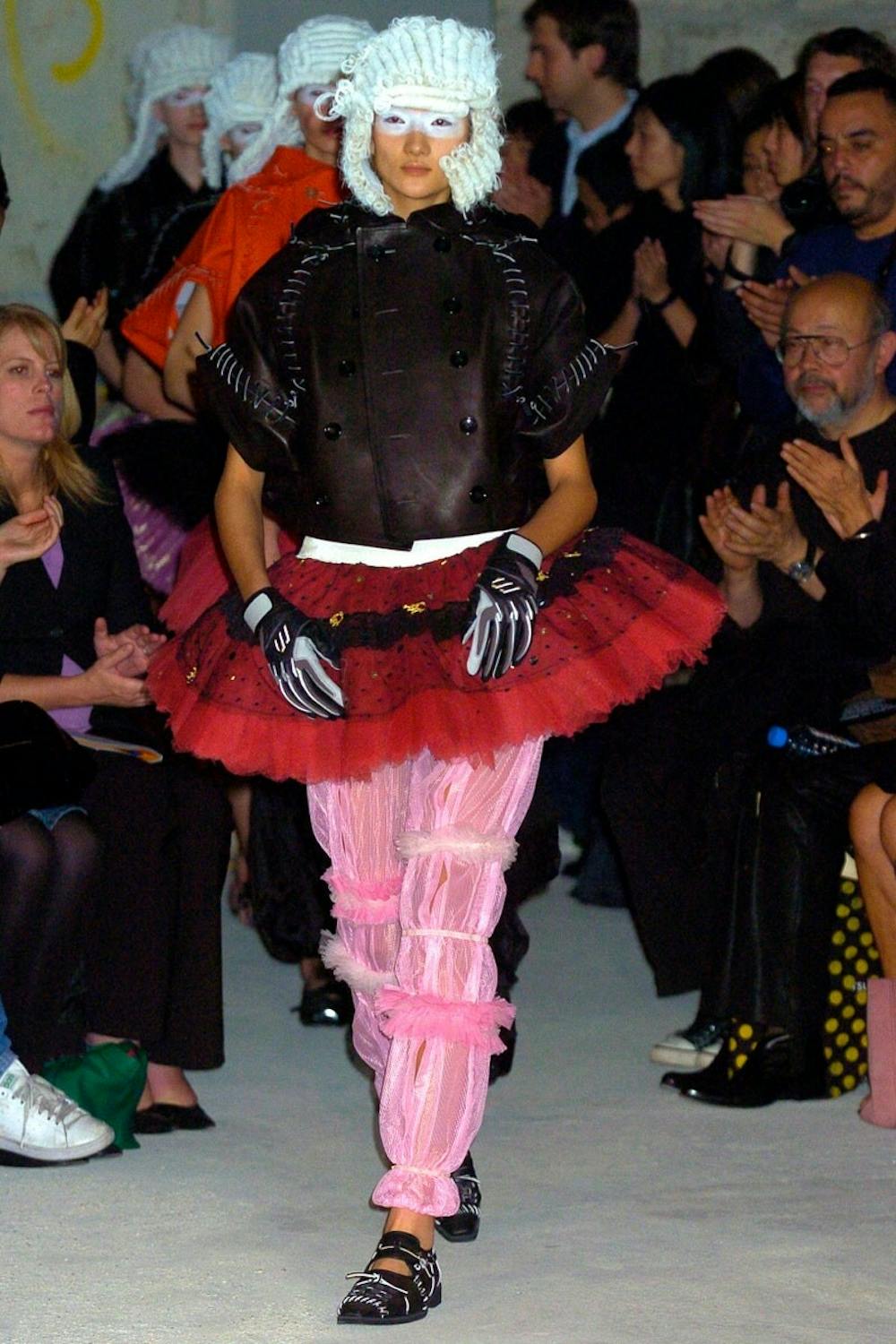
More recently, Misty Copeland, a principal dancer for the American Ballet Theatre, has appeared as an ambassador for Stuart Weitzman. Advertisements feature her in a black tulle, tutu–esque number, paying homage to her identity as a ballet dancer and simultaneously drawing inspiration from her art form. Copeland has also been at the forefront of other brand campaigns, including Under Armour and Estée Lauder. Her role as an advocate for diversity and body positivity is perhaps responsible for re–popularizing the aesthetic of the ballet within fashion, and indicative that the crux between the two often represents some sort of social movements.
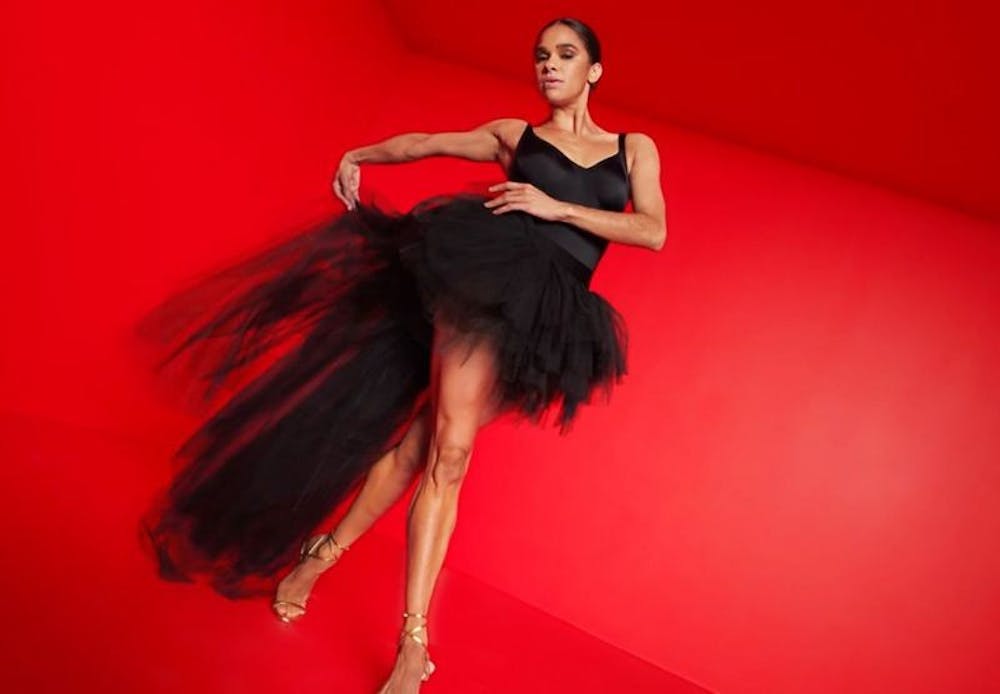
The unique relationship between ballet and fashion exists on both abstract and literal levels – alternating between the influence of ballet on designers and the actual costumes donned by the dancers themselves. It also serves as a marker of several sociocultural and political shifts, transcending geographical and temporal borders. The connection between dance and fashion points to a larger cultural phenomenon—one wherein art forms refuse to exist in any sort of void, interacting with one another and the world around them. Though ballet and couture seemingly occupy distinct spaces, their histories are deeply intertwined, as tightly as a pair of pointe shoes.
